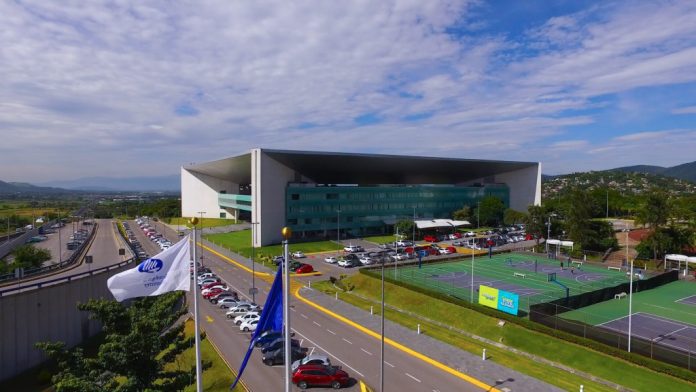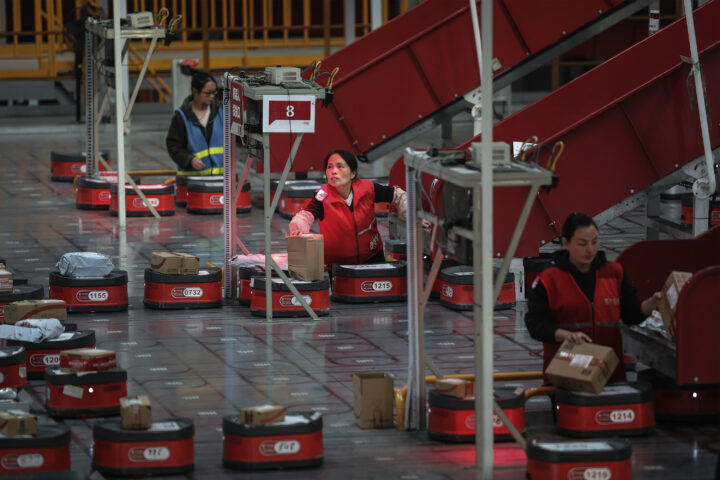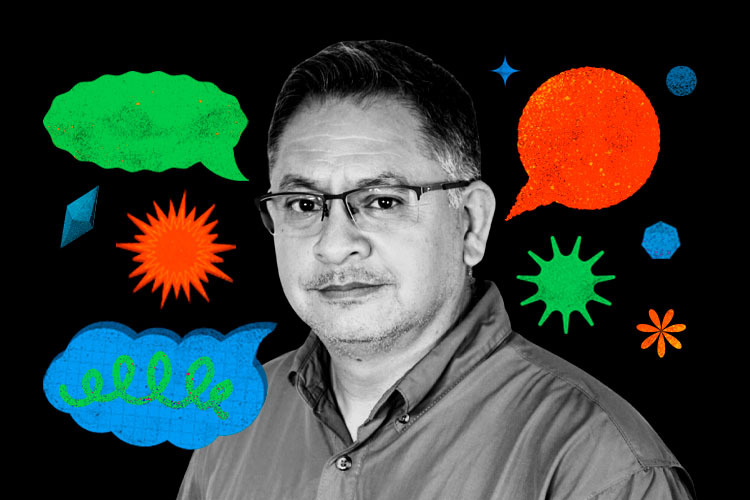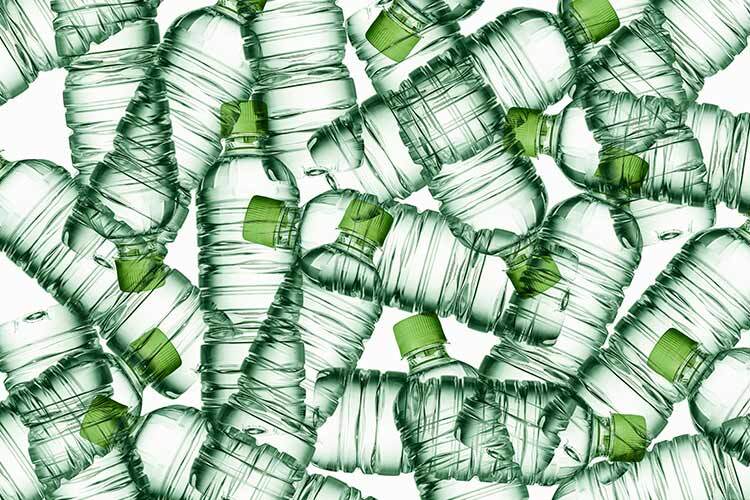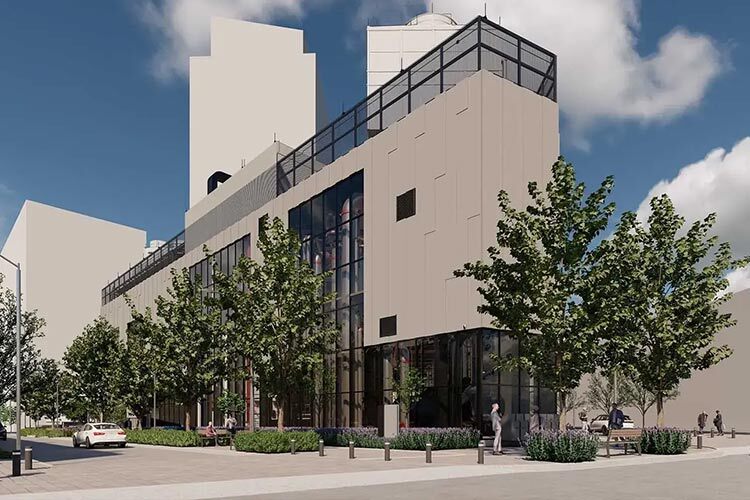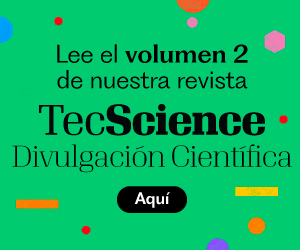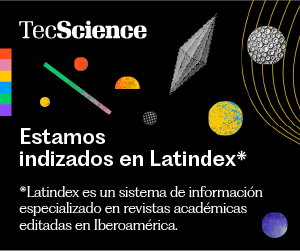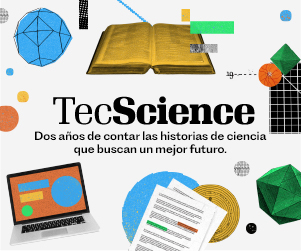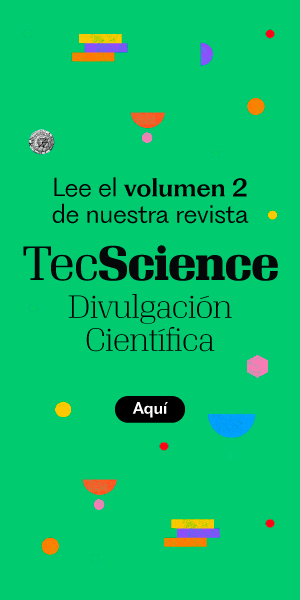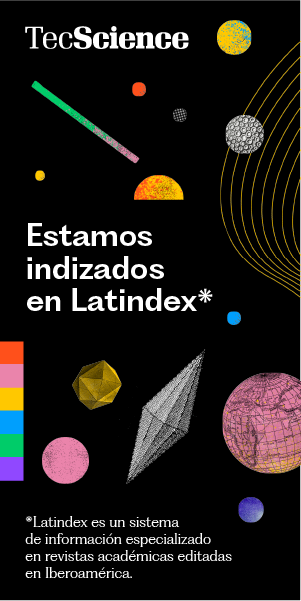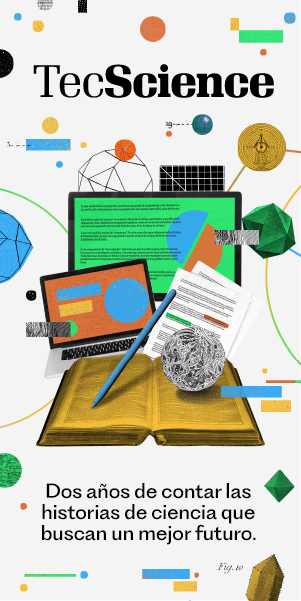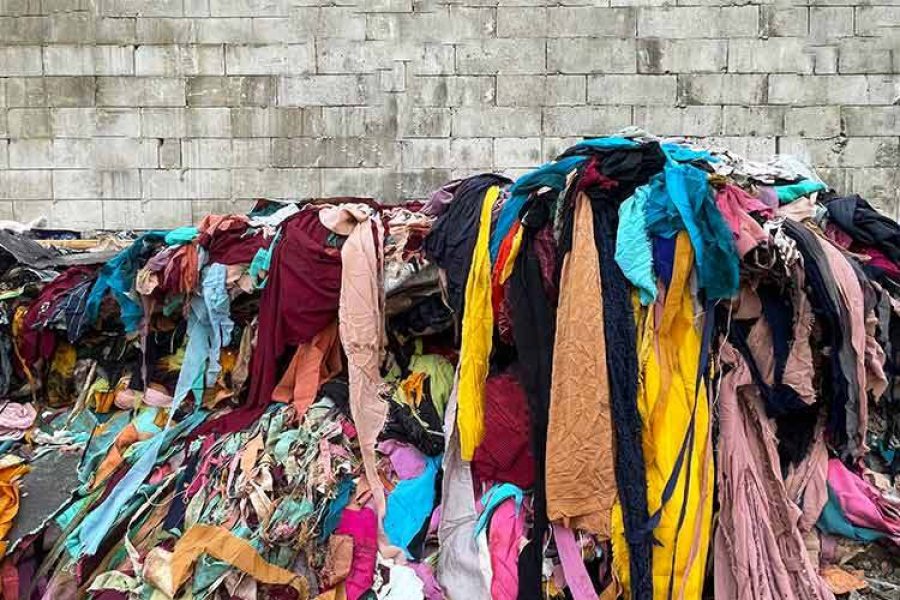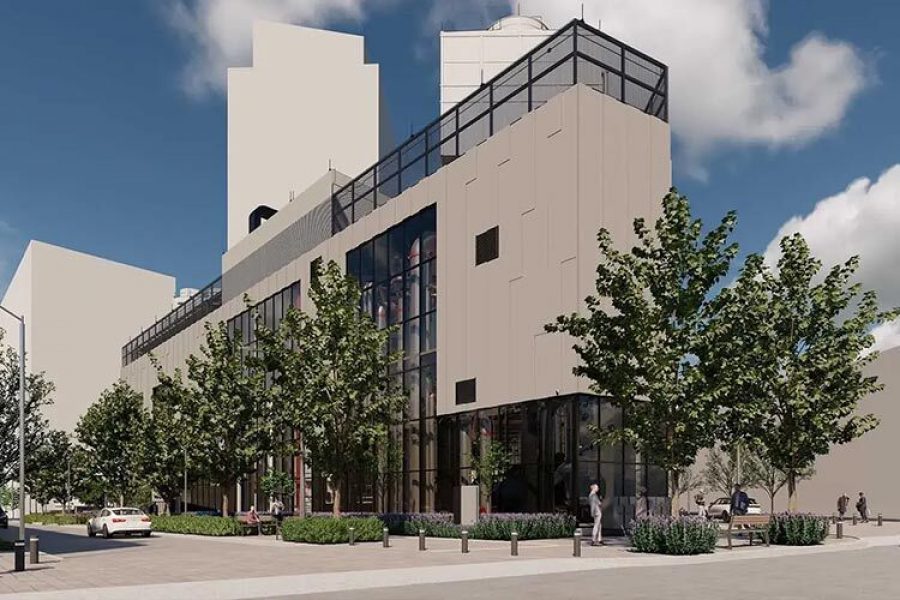One of the major challenges faced by the cement industry is the release of harmful gases when firing up their kilns. That’s why finding a cleaner, more sustainable fuel alternative has become one of their key goals. But how do you locate the right materials in an enormous landfill?
Laura Guerrero, a biotechnologist at the School of Engineering and Sciences and a professor at Tecnológico de Monterrey, Campus Ciudad de México, led a research project aimed at analyzing tons of urban solid waste collected from transfer centers—the designated spaces where city waste is temporarily stored. The goal was to identify which types of waste could potentially be used as alternative fuel for cement kilns.
The study was funded by Regenera, a subsidiary of Cemex, with the objective of finding a replacement for the natural gas currently used in kilns. To achieve this, the team first had to develop a method for sorting what we usually think of simply as trash.
“This project was a direct response to very specific needs from the cement industry,” Guerrero explains. “They approached us to conduct what’s called a waste characterization study, which is the first step toward being able to recover and use these materials.”
“We Had to Invent the Protocol Ourselves”
Although there are specialized landfills for different types of waste, a wide range of solid materials ends up at transfer centers. That’s why the biggest challenge of this project—which examined eight centers in northern and central Mexico—was creating protocols to analyze what kinds of waste arrive and how much energy they could potentially produce if used as fuel.
“The biggest hurdle was dealing with such large volumes. To run a valid analysis, you need a representative sample—but how do you get a representative sample from something so heterogeneous, something that changes with the seasons and comes in by the ton each day? We had to come up with the protocol ourselves—but it had to be scientifically sound,” explains Guerrero.
The study classified the waste into 49 different categories—ranging from various types of plastics to textiles and organic materials—evaluating them based on three key criteria: their calorific value, moisture content, and potential to release harmful emissions.
“There’s no ‘ideal’ waste—it all depends on its characteristics. We might have cardboard, but if it’s wet, it’s useless. We’re looking for materials with a high calorific value, low moisture, and fewer chemical compounds,” she explains.
The team faced several unexpected obstacles, such as the lack of proper equipment to process the samples. As Guerrero points out, if there’s no established methodology for this kind of analysis, there’s certainly no specialized equipment either. So they tried using food processors to shred the waste—and often had to do it manually.
Mobile Lab: “The Bread, the Recipe, the Kitchen, and the Baker”
To make sure their methodology could be replicated elsewhere, the team designed a mobile lab and trained staff from Regenera. Since the types of waste found at transfer centers shift over time and with the seasons, it’s crucial that these analyses be performed regularly.
“We told them we were giving them the bread, the recipe, the kitchen—and we were even training the baker,” she jokes.
For Guerrero, changing the culture around waste in Mexico is essential. She notes that many industries still dispose of hazardous materials in the same bins as regular solid waste, which not only complicates handling but also poses serious risks to sanitation workers.
“There’s a growing push to make better use of waste—we’ve even shifted from calling it ‘trash’ to calling it ‘residue,’ and now there’s discussion about referring to it as ‘raw material,’ because the goal is for it to serve other processes, other industries,” she concludes.
Did you find this story interesting? Would you like to publish it? Contact our content editor to learn more at marianaleonm@tec.mx


